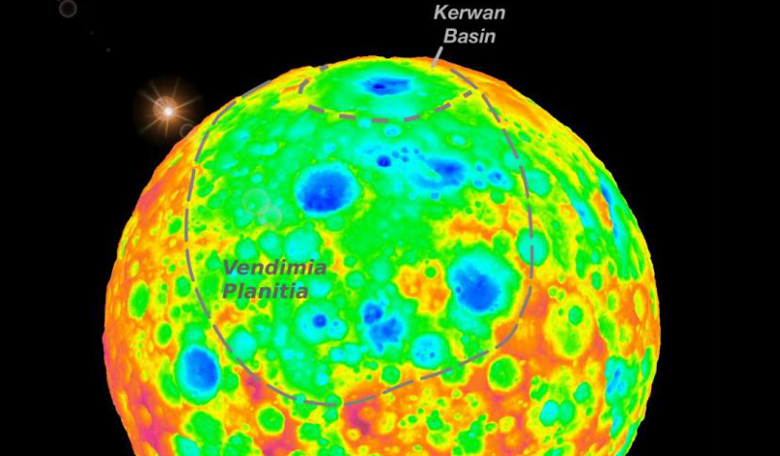With over 500 days in orbit around Ceres already under its belt, NASA's Dawn mission has already thrown up a few surprises about the dwarf planet. Now, scientists have spotted a distinct lack of craters on the planet's surface, prompting researchers to suggest that Ceres has undergone a significant geological evolution in its past.
Ceres is the largest object in the Main Asteroid Belt between Mars and Jupiter, so accordingly, it is expected to be heavily cratered. However, research conducted by a team of scientists led by Southwest Research Institute (SwRI) have found that instead of the 10 to 15 craters around 400 kilometres (250 miles) or larger that they were expected to find, none larger than the 280 km (175 miles) across have actually been found and only 16 craters larger than 100 km have been seen in images to date.
"When we first starting looking at Ceres images, we noticed that there weren't any really large impact basins on the surface. None are larger than 177 miles (285 kilometers) across. This presents a mystery, because Ceres must have been struck by large asteroids many times over its 4.5-billion-year history," said David Williams, director of the Ronald Greeley Center for Planetary Studies in Arizona State University's School of Earth and Space Exploration.
"Even Vesta, only about half of Ceres' size, has two big basins at its south pole. But at Ceres, all we saw was the Kerwan Basin, just 177 miles in diameter," explained Williams. "That was a big red flag that something had happened to Ceres." The name Kerwan Basin was proposed by Williams, to commemorate the Hopi Indian spirit of the sprouting corn.
So how have the large basins on Ceres been 'erased'? Scientists are now looking to Ceres' peculiar composition and internal evolution as a potential answer to the re-moulding of its surface.
Before Dawn even arrived at Ceres, remote sensing from Earth had already determined that the crust of Ceres holds a significant fraction of ice in some form, ruling out a significant rocky surface for the dwarf planet. If the crust was mixed with salts, this would weaken it allowing the basin topography to relax and become smoother, perhaps even making it disappear altogether.
In addition, says Williams, Ceres must have generated some internal heat from the decay of radioactive elements after it formed. This too could also have helped soften or erase large-scale topographic features.
"Plus we do see evidence of cryovolcanism – icy volcanism – in the bright spots found scattered over Ceres, especially in Occator Crater." Cryovolcanism is not too dissimilar to the usual type of volcanism found on Earth, only at much lower temperatures, and instead of molten rock, "molten ice" – either water or brine – is the key constituent instead.
"It's possible that there are layers or pockets of briny water in the crust of Ceres," says Williams. "Under the right conditions, these could migrate to the surface and be sources for the bright spots."
The answer could also be as simple as the craters being disguised as something else. Scientists studying Ceres' surface have found what looks to be three, roughly circular depressions – or planitiae – shallow basins as much as 800 km (500 miles) wide hidden beneath a surface subsequently marked with small craters. Could these be 'relict' impact basins, left over from large collisions that took place early in Ceres' history?
"It is as though Ceres cures its own large impact scars and regenerates new surfaces, over and over," said lead investigator Dr. Simone Marchi, a senior research scientist in SwRI's Space Science and Engineering Division. "Regardless of the specific mechanism(s) for crater removal, our result requires that large crater obliteration was active well after the late heavy bombardment era, or about 4 billion year ago. This conclusion reveals that Ceres' cratering record is inextricably linked to its peculiar composition and internal evolution," said Marchi.











